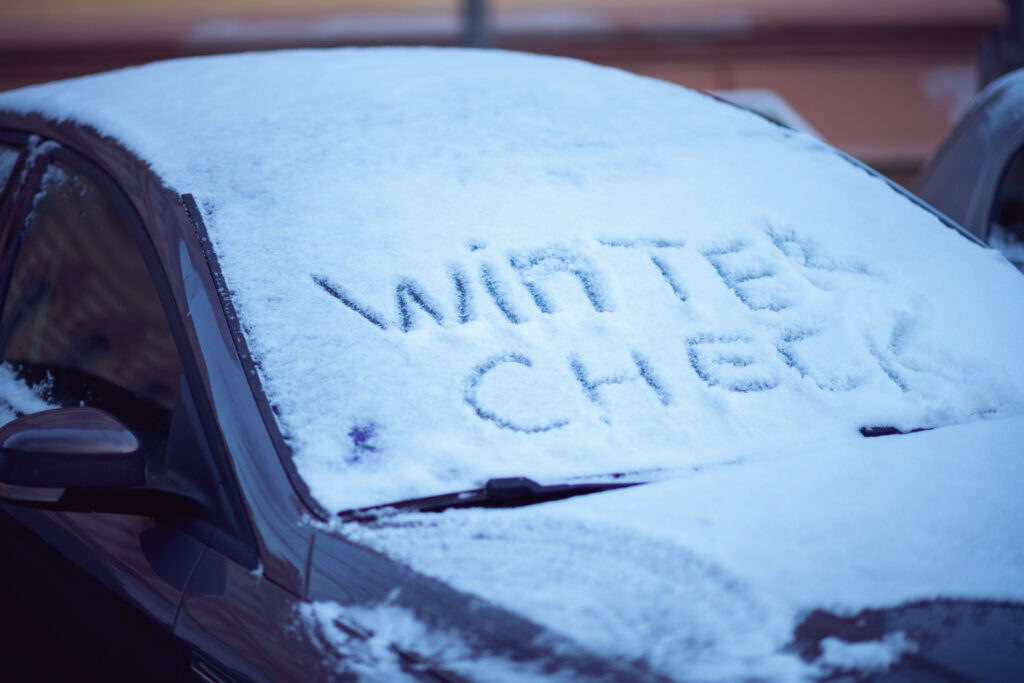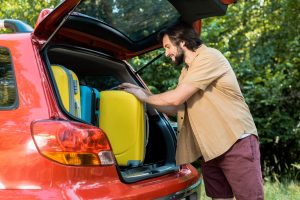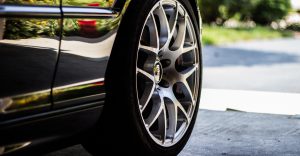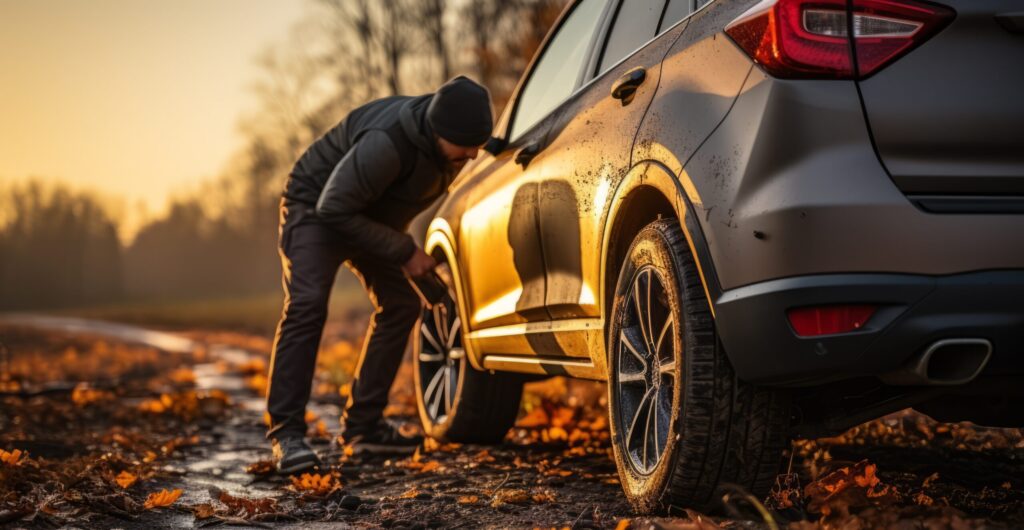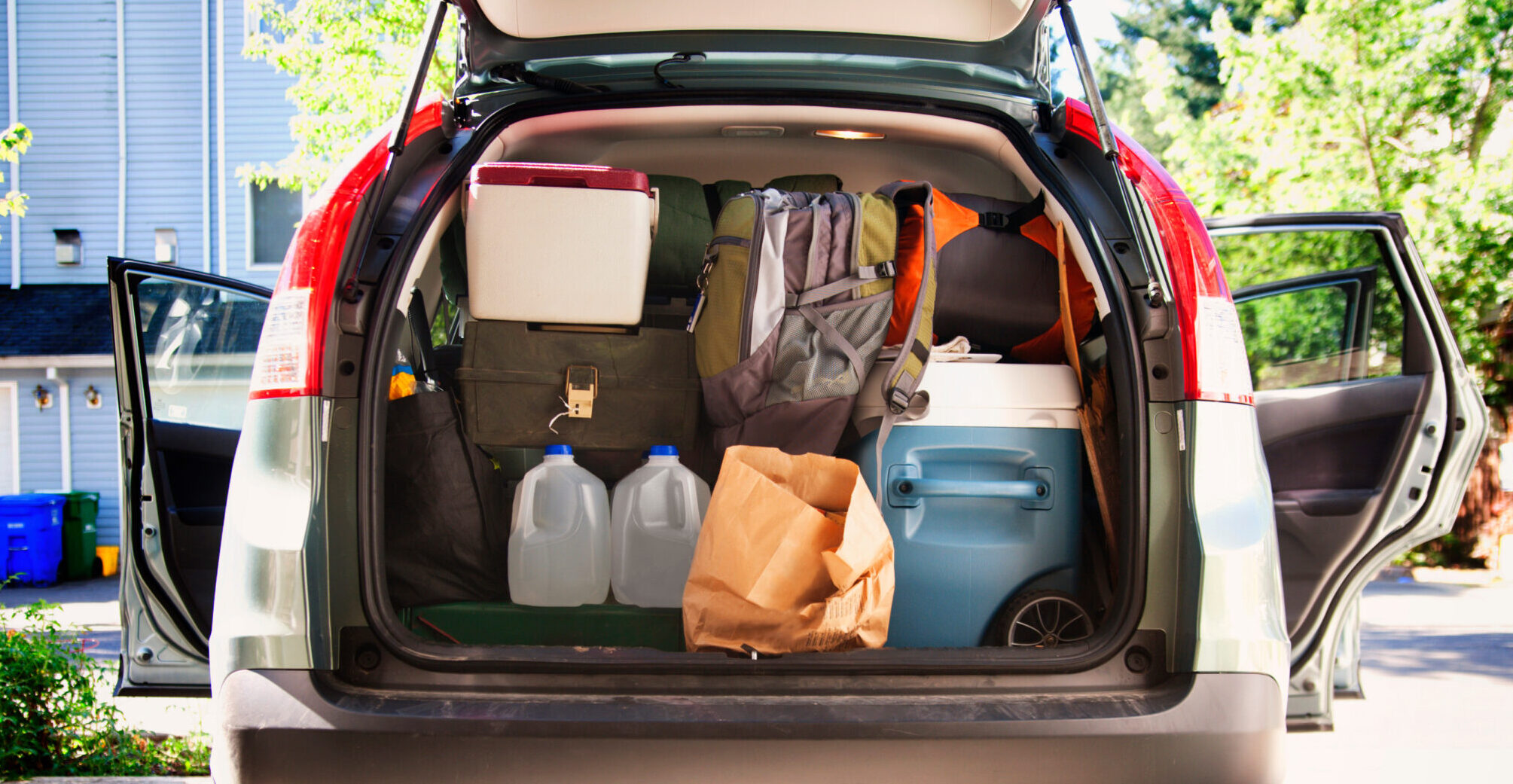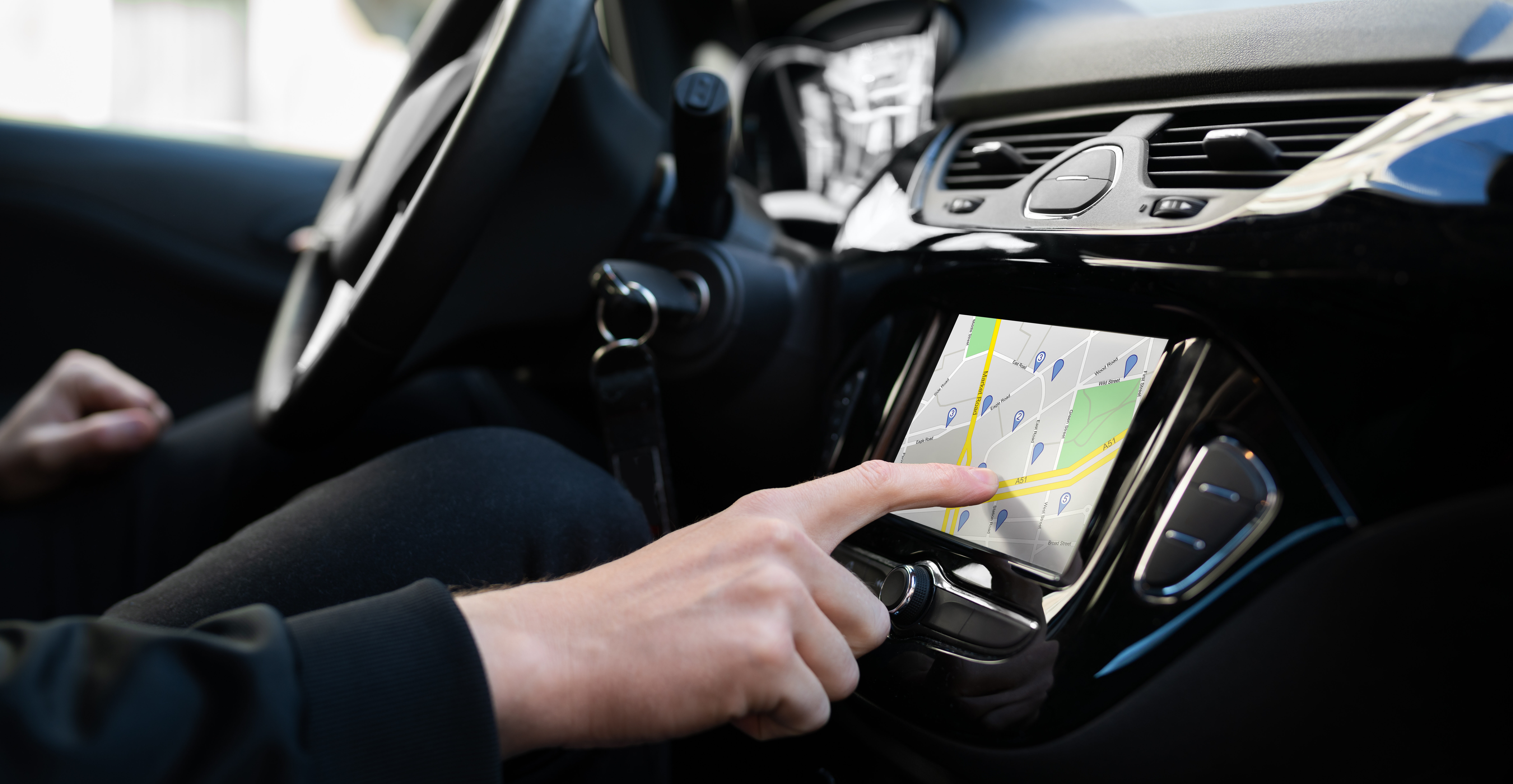Top 5 Winter Car Maintenance Tips for Peak Performance

Top 5 Winter Car Maintenance Tips for Peak Performance
Winter brings icy roads and dropping temperatures, making it challenging to keep your car running at peak performance. Cold weather affects everything from your tires’ health to your fuel lines. To ensure you stay safe on the road and your vehicle performs at its best, follow these essential winter car maintenance tips to keep your leased vehicle in top condition:
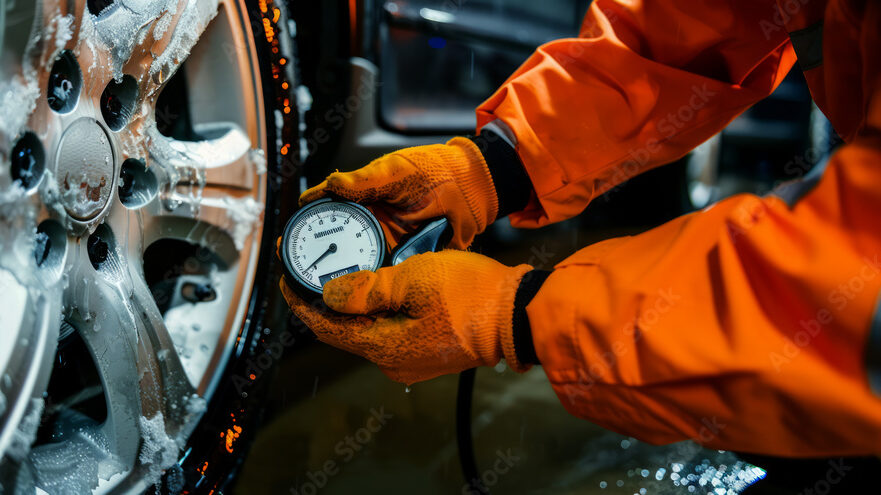
1. Check Your Tire Pressure
According to the National Highway Traffic Safety Administration’s (NHTSA) Winter Weather Driving Tips, it’s important to regularly check your tire pressure, especially when temperatures fluctuate. Cold weather plays a significant role in the health of your tires. For every 10 degrees the temperature drops, tire air pressure falls by one pound per square inch (PSI). What does this mean? When it’s cold outside, the air inside contracts and your tires become under-inflated, affecting how well they grip the road and making your car harder to handle. Keeping the correct PSI—found in your car’s owner manual—will ensure your vehicle handles safely and efficiently during the winter months.
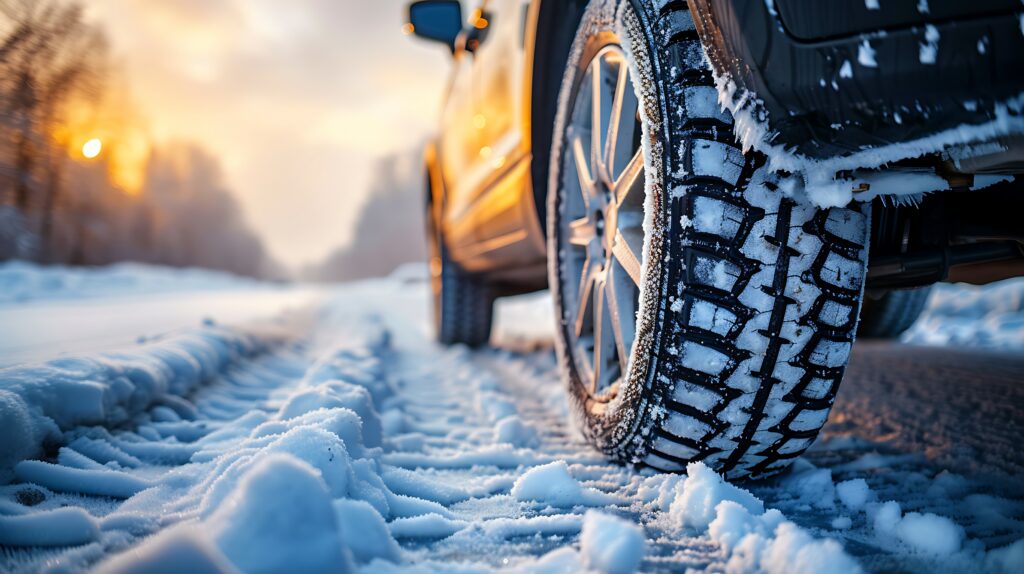
2. Replace Any Worn Tires
Tire tread is also essential for gripping the road, especially in slick winter conditions. Think of tire tread as the grooves on a shoe sole—the deeper the grooves, the better the traction. Worn tires increase the risk of sliding or losing control on icy roads. The NHTSA recommends regularly checking tire tread and age for optimal safety on the road. To stay safe and keep your vehicle performing at its best, replace any tires with worn tread. New tires not only provide better traction but also improve overall safety and handling during winter. For a more in-depth explanation on the importance of these checks, you can take a look at the NHTSA’s tire safety guidelines.
2. Replace Any Worn Tires
Tire tread is also essential for gripping the road, especially in slick winter conditions. Think of tire tread as the grooves on a shoe sole—the deeper the grooves, the better the traction. Worn tires increase the risk of sliding or losing control on icy roads. The NHTSA recommends regularly checking tire tread and age for optimal safety on the road. To stay safe and keep your vehicle performing at its best, replace any tires with worn tread. New tires not only provide better traction but also improve overall safety and handling during winter. For a more in-depth explanation on the importance of these checks, you can take a look at the NHTSA’s tire safety guidelines.


3. Monitor Your Heater and Defroster
Your car’s heater and defroster are crucial for staying safe during winter driving. Make sure both are in working order so that your windows stay clear and your cabin warm. Always allow your car to warm up and fully defrost your windshield before driving to ensure optimal visibility and safety.
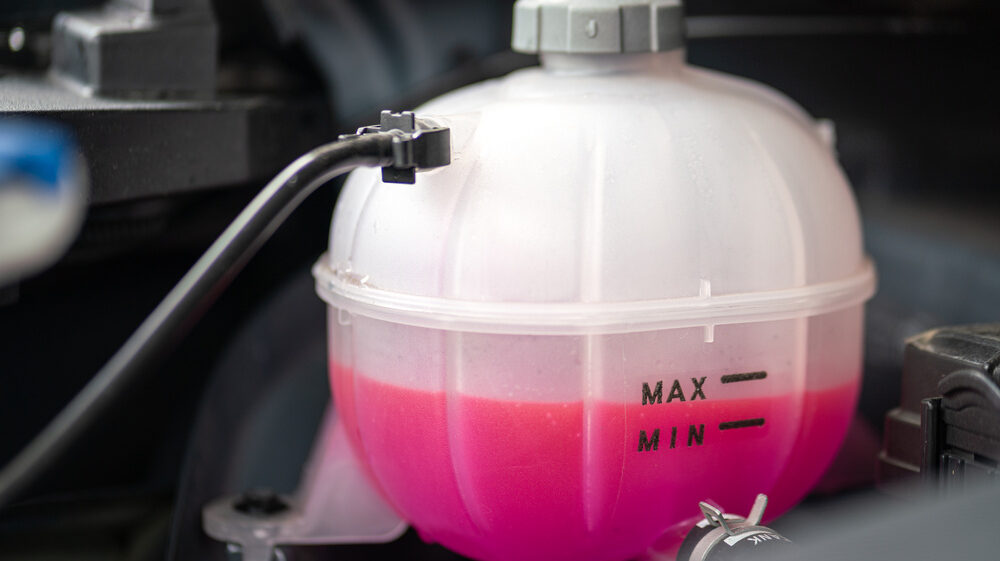
4. Prevent Freezing of Fuel Lines and Engine’s Cooling System
Cold temperatures can cause fuel lines and the engine’s cooling system to freeze, leading to serious damage. To prevent this, keep your fuel tank sufficiently filled to avoid freezing water from accumulating in the tank. Additionally, regularly check your antifreeze levels to ensure the engine’s cooling system is functioning properly. This not only protects your car during the winter but also prevents costly repairs down the line.
4. Prevent Freezing of Fuel Lines and Cooling System
Cold temperatures can cause fuel lines and the engine’s cooling system to freeze, leading to serious damage. To prevent this, keep your fuel tank sufficiently filled to avoid freezing water from accumulating in the tank. Additionally, regularly check your antifreeze levels to ensure the engine’s cooling system is functioning properly. This not only protects your car during the winter but also prevents costly repairs down the line.


5. Stock Your Car with Winter Essentials
It’s important to keep your car equipped with the right tools for winter driving. Always have an ice scraper and snow brush on hand to clear snow and ice from your vehicle before driving. According to the NHTSA’s Winter Weather Driving Tips, you should also carry essential items like a flashlight, jumper cables, and blankets for safety during emergencies. Regularly replace windshield wipers to keep your windshield streak-free and ensure good visibility during snowfall. Keeping your car stocked with these essentials will help you stay prepared for unpredictable winter weather.
Interested in other ways to keep you car running at peak performance?
Check out our other helpful blog posts:
Top 5 Winter Car Maintenance Tips for Peak Performance Read More »
